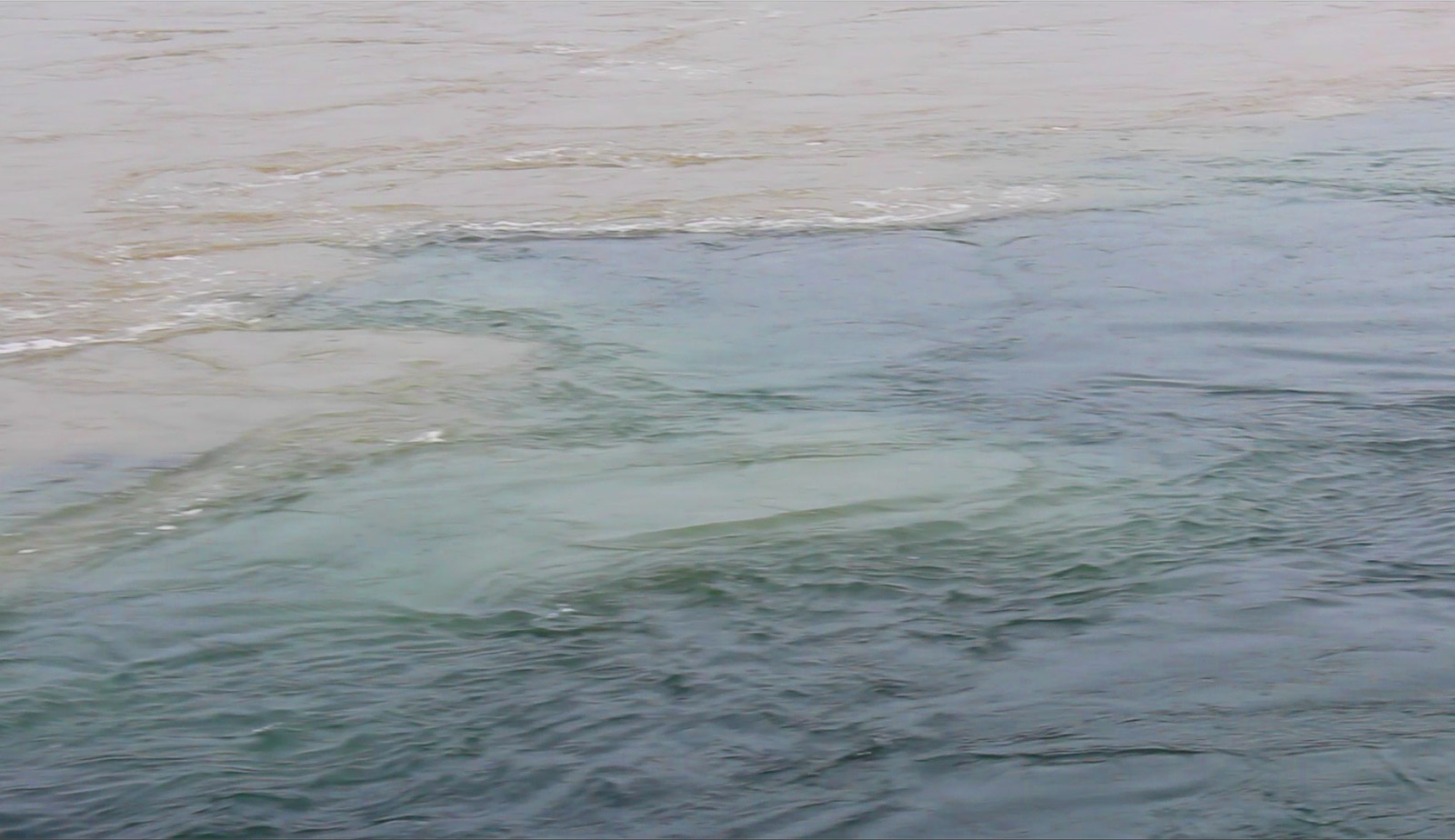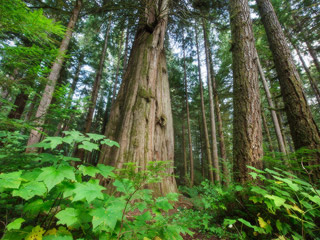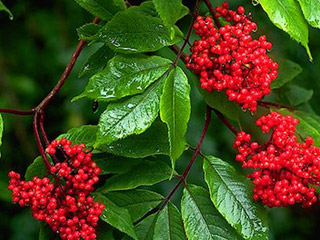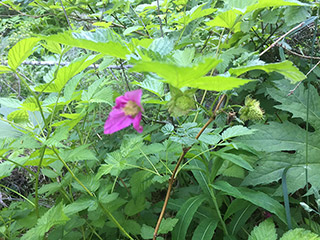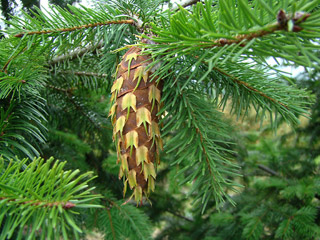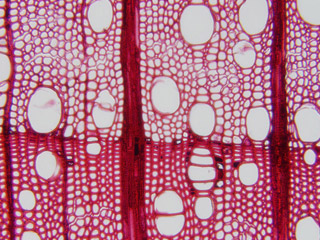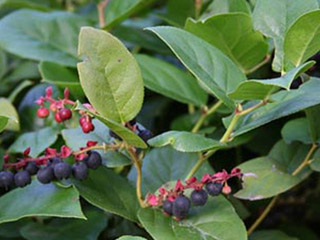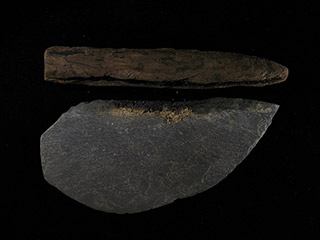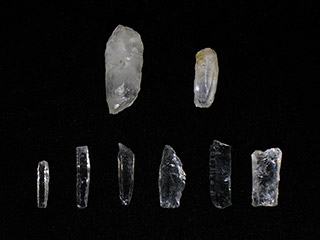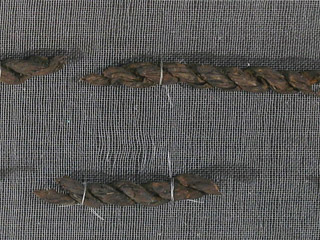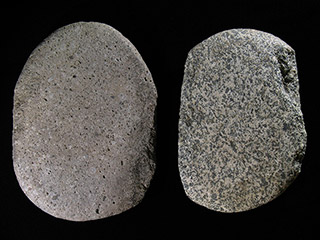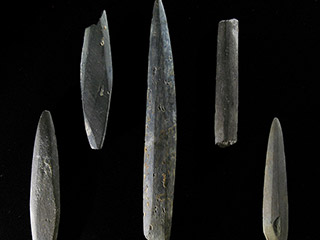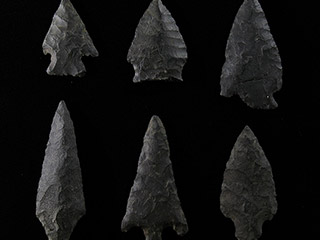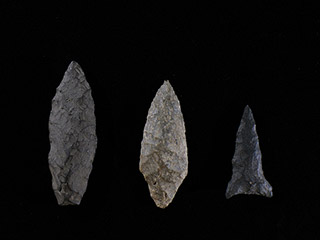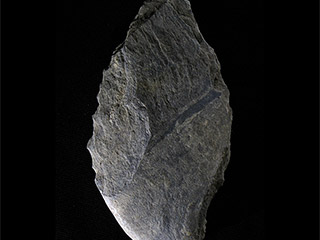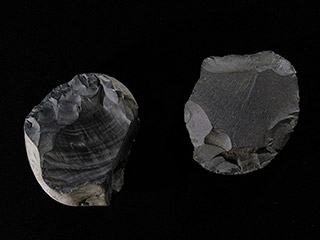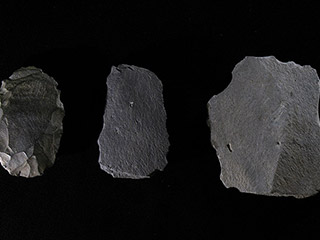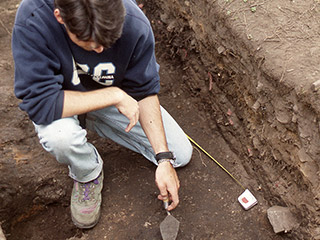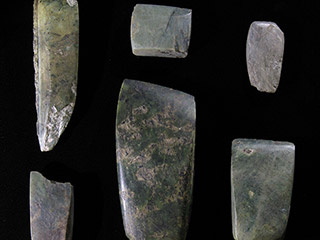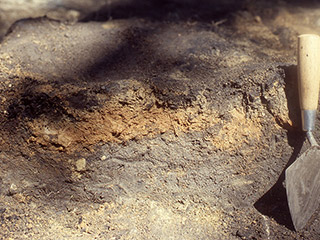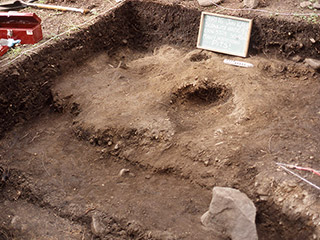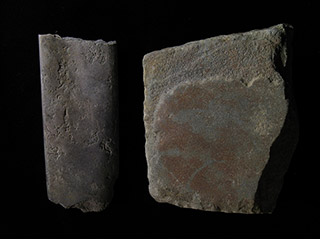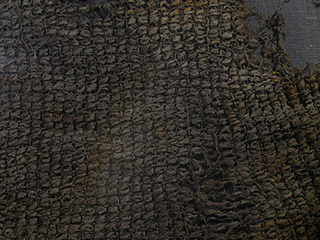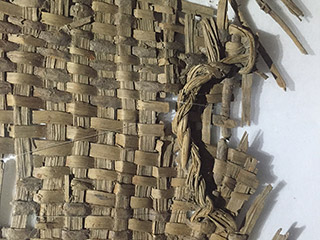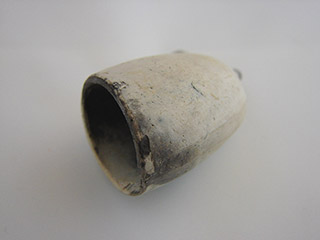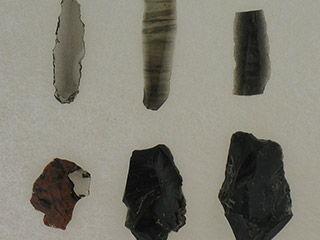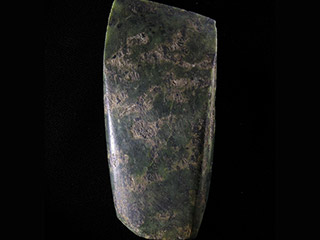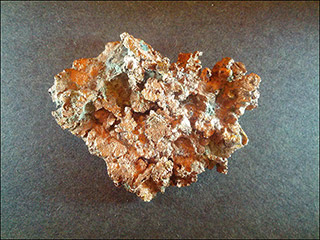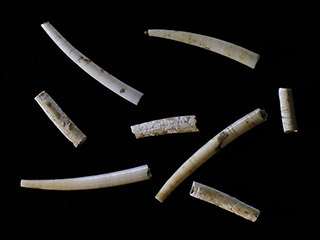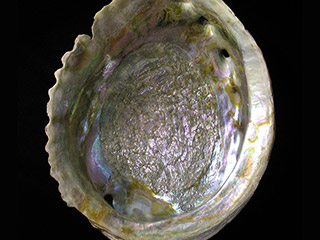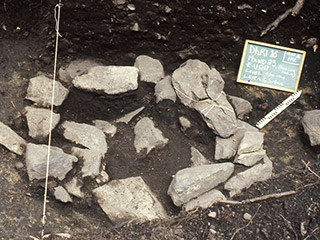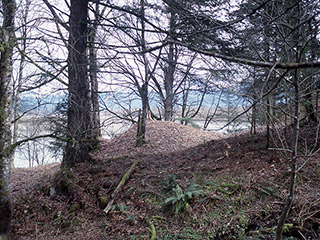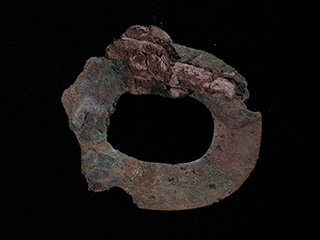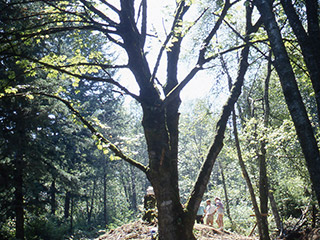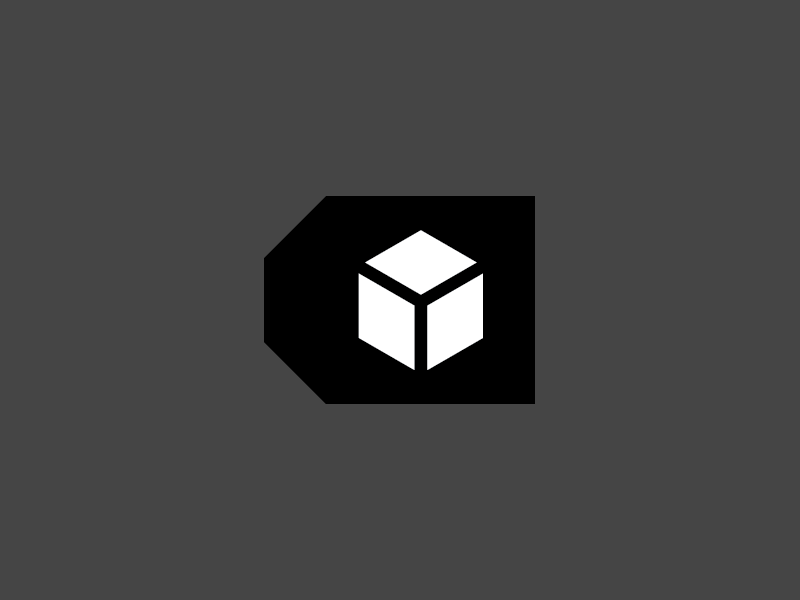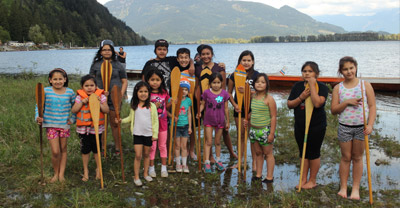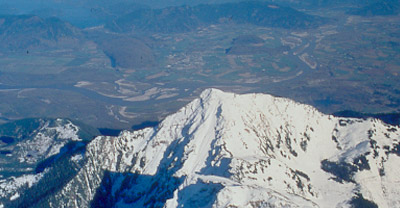[Double sturgeon logo for the project, Sq’éwlets: A Stó:lō- Coast Salish Community in the Fraser River Valley, over video of the Fraser and Harrison Rivers meeting]
[Text on screen reads]: Kwélches, hello and welcome! We are the Sq’éwlets People. We are Sqōwich, People of the Sturgeon.This website shares our journey from ancient times to the present. We use the Halq’eméylem language to organize the presentation of these stories.
[Text on screen reads]: Stámés means “about”. It describes our Halq’eméylem and our home along the Fraser River.
[Andy Phillips]: So Sq’éwlets is one of 24 communities in Stó:lō. And I'm proud to say that we're a small community and a very healing community. So I wanted to really put a blueprint to outline the true history of the Salish Tribe.
[Clarence Pennier]: From the beginning we learned about how Xa:ls traveled throughout the territory and going and meeting people, and some of those people would challenge him on his powers and he would turn them into stone. And leave those landmarks as a lesson to us today and the other people that come after us.
[Reg Phillips]: I know that our ancestors lived in this holistic world where they just knew that they were connected to everything.
[Text on screen reads]: Sqwélqwel means “true news.” It refers to the oral history of our ancestors and the places they lived, fished, hunted, and gathered berries and other plants.
[John (Sonny) Williams Jr.]: I think for our young people to learn and for the general people to see that this is who we are and how we did things. But at the same time we're still here. We haven't been assimilated as a Western culture.
[Richard Williams]: The spirit of the canoe is seen as a whole team working as one. You can feel that same spirit and the canoe will take you.
[Screen shows website navigation to the Archaeology section on the website]
[Text on screen reads]: Archaeology is one way to understand and honour our ancestors, the people who built and lived at our ancestral site Qithyl.
[Dave Schaepe]: The collaborative model of archaeology that I'm aware of in Stó:lō territory really originated here with the work at Sq’éwlets. It has transformed my understanding of archaeology. How I do the research I do is not in any way the same as it was before being taught by the people of Sq’éwlets and people in the greater Stó:lō community.
[Betty Charlie]: I think the biggest thing was that they had to show respect.
[Vi Pennier]: We had nicknames for them. They became family.
All of the artifacts that they found there. And when they found the remains, it was just like another world.
[Dave Schaepe]: We, as archaeologists, are disturbers. We take things away. We take things that don't belong to us. To be instructed by the elders and by cultural workers how to approach our work with a good mind. To be of good mind. To be of good heart. To leave your negativity behind.
[Text on screen reads]: Á:wkw’ (belongings) are the things our ancestors made and used. Archaeologists call these ‘artifacts’.
[Michael Blake]: The artifacts at the site tell the same story. The kinds of tools that were left behind by the people who lived there showed that they were engaged in the same range of activities: fishing, logging, mining. All of those kinds of activities are practiced, were practiced, and are evident by the kind of tools left behind.
[John Williams, Sr.]: I guess all of those things were just a part of our ancestors' everyday lives.
[Text on screen reads]: Our Past is Our Future
[Gwen Point]: In our tradition if you married, the husband moved to the wife's reserve. But because we were displaced through government policies where if you married, you had to move to your husband's reserve.
[Vi Pennier]: Residential school. Everything was punishment.
[Andy Phillips]: You know, that policy really almost wiped our nation, and we have survived all of what's been thrown before us. So I thought it was very important that we let our kids be part of something as a transition. Why we are -- what are we really here on this earth at this time for? And I really believe it has to do with a lot of healing. And they say if you can heal the mind, you can heal the body.
[Dave Schaepe]: Sq’éwlets community has - with the current Chief of Council – have in the past couple of years been involved in, again, repatriation and particular ancestral remains from the Museum of Vancouver in Vancouver. And the remains of three individuals -- actually, one at the Lab of Archaeology at UBC and two from the Museum of Vancouver being returned physically.
So the participation in that process, too, is connected to archaeology, it's connected to the heritage, very individually to the remains of individuals who lived here in the past. Particularly those two individuals from those mounds are going to be soon taking their next step with community input as to what exactly to do with them for their final resting place.
[Lucille Hall]: It's a rich history. It's very important. I hope the kids learn a lot from the website, and I hope more gets put on the website as time goes on.
[Clarence Pennier]: Our Aboriginal title and our aboriginal rights are collective rights. We have to think seven generations past and look seven generations into the future to make sure that our great, great, great great grandchildren are going to have some of the same benefits that we enjoy today. In terms of collaboration, just try to make sure that that happens.
[Text on screen reads]: www.digitalsqewlets.ca




